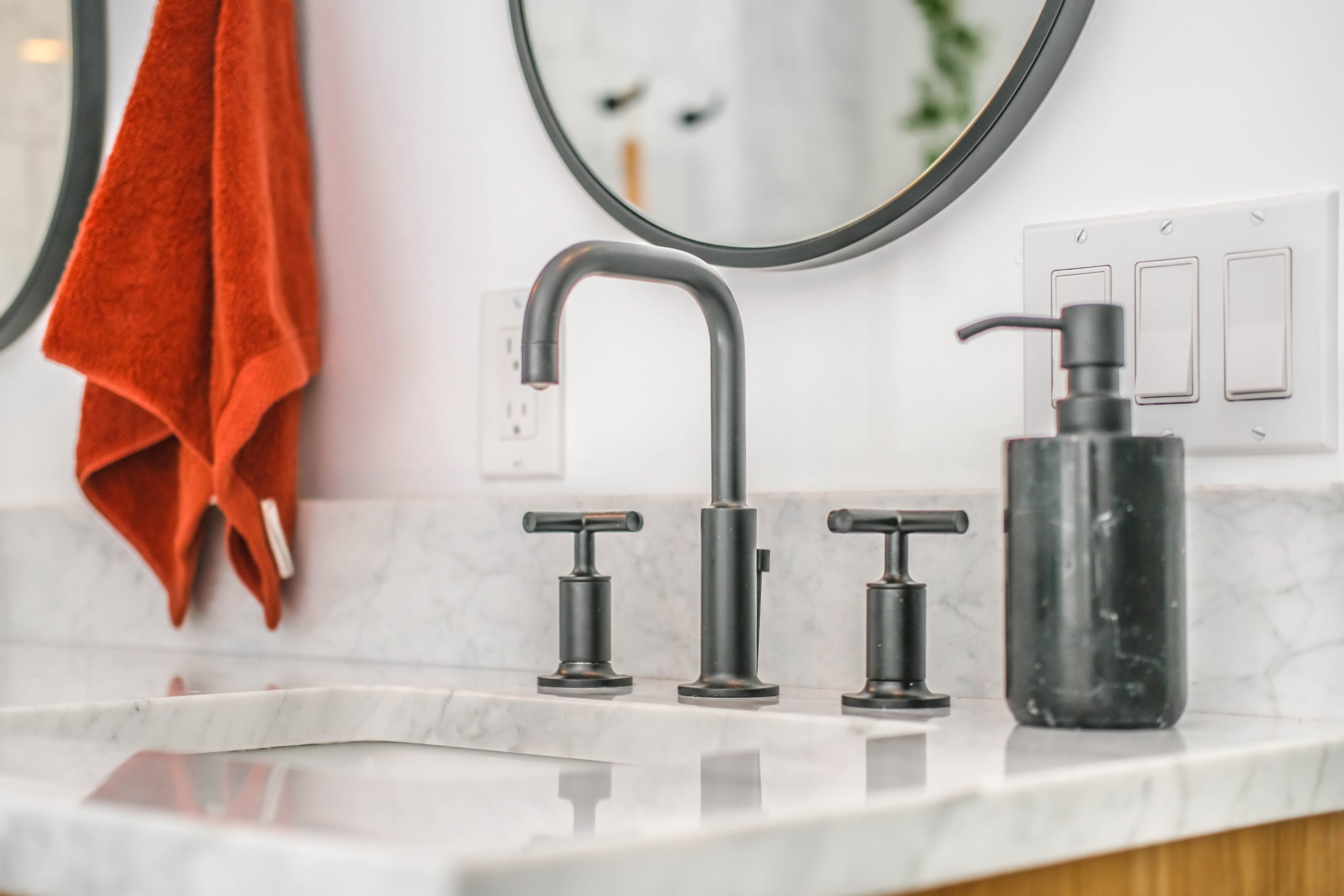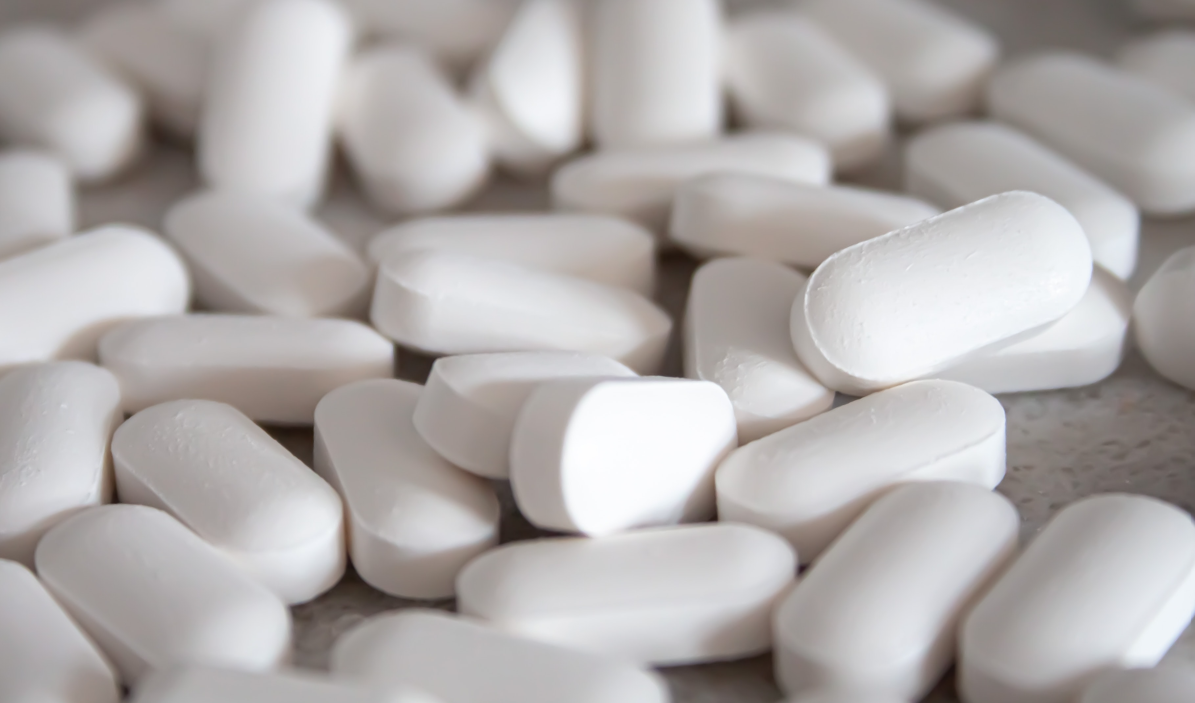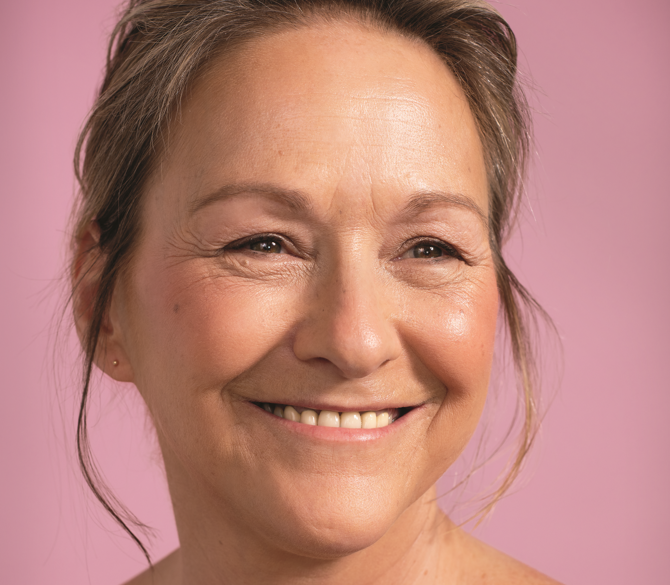My husband, who is 76, has had a skin condition called rosacea for about five years. He uses the topical antibiotic MetroGel, which his family doctor prescribed, but the condition seems to have worsened lately. The raised red spots on his face have turned into tiny ulcers. Are you aware of any other treatments and cleansing regimens for this condition?
By Wendy Haaf
For readers who are unfamiliar with rosacea, it’s a skin condition that can manifest in a number of ways. There aren’t any tests for it; instead, “We make the diagnosis based on what we see,” explains Dr. Jerry Tan, a Windsor, ON, dermatologist and a spokesperson for the Acne and Rosacea Society of Canada.
Before diagnosing rosacea, doctors look for specific determining features. One of two major independent diagnostic criteria is sufficient to make the diagnosis; alternately, two of four other criteria are enough. The two major criteria are persistent facial redness (although other causes, such as certain medications, must first be ruled out) and a thickening of the facial skin, typically on the nose (a condition called “phyma”). The four lesser diagnostic symptoms are transient facial flushing; papules or pustules (pimples not caused by blocked pores); prominent blood vessels on the face; and irritation, dryness, or prominent blood vessels on the margins of the eyelids. Someone with rosacea may also experience burning, itching, stinging, or swelling of the skin.
Based on your description, your husband’s most recent symptoms aren’t compatible with rosacea, Tan says. However, this may be due to a confusion in terminology. To doctors, the word ulcer has a very specific meaning— essentially, a small hole in the skin. But it’s not uncommon for non-medical people to describe something using a label that doesn’t actually apply. For instance, Tan says, what some patients call blackheads often turn out to be normal pores. But regardless of whether the lesions on your husband’s face are really ulcers, they “should be evaluated properly by a dermatologist,” Tan stresses. If, indeed, ulcers are present, a specialist can distinguish among the possible culprits, which include the viruses that cause cold sores and shingles, and even precancerous growths.
On the other hand, if what’s occurring is rosacea-related, a dermatologist can confirm the diagnosis and prescribe a suitable treatment based on the symptoms. Metronidazole (commonly sold as MetroGel) is one of the medications used for the pimples of rosacea. Others include gels and ointments that work in different ways, as well as certain oral antibiotics. For persistent redness, options include gels containing antiinflammatory agents (such as topical brimonidine) and intense pulsedlight therapy. For eyelid irritation, “the symptoms are generally treated with artificial tears and eyelid skin care, which includes gentle cleansing of the margins with baby shampoo or lid wipes,” Tan says.
Minimizing exposure to triggers— such as sun, cold, wind, and alcohol consumption—may help reduce the frequency and/or degree of facial flushing, which, if severe, is sometimes treated with medication.
It’s very perceptive of you to bring up cleansing. People with rosacea usually have very sensitive skin, so it requires extra-gentle care. According to Tan, that means a non-soap cleanser (such as Cetaphil) that won’t strip away natural protective oils, a fragrance-free moisturizer, and good sun protection, preferably products containing physical UV blockers such as zinc or titanium oxide rather than chemical ingredients such as those typically found in sunscreens.
While rosacea can’t be cured, a combination of trigger identification and avoidance, prescribed treatments, and skin TLC can make symptoms more manageable.
For more information, visit rosaceahelp.ca.
Have a question? Write to:
Your Health Questions, Good Times,
4475 Frontenac, Montréal, QC, H2H 2S2
goodtimes@bayardcanada.com
Photo by Zac Gudakov on Unsplash






